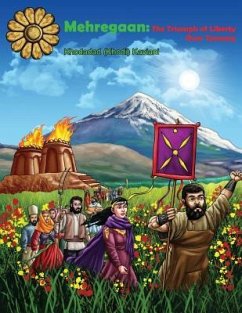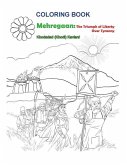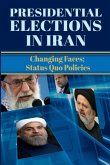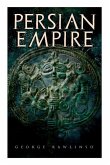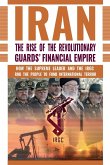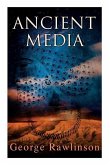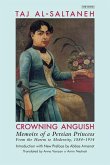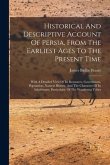This 60-page book has 21 full-page color illustrations and is written in poetry style. The glossary is helpful in explaining the terms used to retell the myth of Mehr and the legend of Kaaveh Aahangar (Kaaveh The Metalsmith). This book is appropriate for grades 4 through college. Social studies teachers who teach about social justice, holidays, and legends will find this book useful. Mehregaan is the third major Iranian festival after Norooz and Sadeh that continue to be celebrated by millions of Iranians and others around the world. This occasion marks the triumph of liberty over tyranny. The legend of Kaaveh Aahangar (Kaaveh The Metalsmith) never gets old as long as injustice exist. A few of the major events and past rituals associated with this occasion are: (1) victory of Fereidoon over Azhidahaak; (2) heavenly deities coming to help Fereidoon; (3) at sunrise, a chosen brave guard calling on the heavenly deities to come and help people fight evil; (4) the last day of festivities is a private event marking the day Fereidoon's supporters jailed Zah-haak at Damaavand mountain. In other words, each person needs to think about how best to conduct himself or herself in order to protect the public good. (5) people receiving gifts from those who are well off; (6) sun was created and brightened the moon; (7) humans were created; (8) Mehr is not the sun, but rather, is the guardian of light and brightness; (9) before appearing at the Mehregaan table, people should wash and be clean. It is likely that this ritual went to Europe and became part of the rites of passage in Christianity. The mirror serves as portal to look deep into one's own heart and do what's right. Decorating the eyes with eyeliner (sormeh) is another symbolic ritual that shows the eyes are windows to our soul and like the sun enable us to see. Showing generosity is part of Mehregaan festival. Community members who have the means finance public works and other activities benefiting all. Mehr is an Iranian Zoroastrian deity. According to Mehr Yasht, AhuraMazdaa told Zartosht (Zoroaster) to honor all of his commitments and contracts, no matter what. Mehr is believed to have 1,000 ears and 10,000 eyes. Mehr is always alert, seeing and hearing every person who honors or breaks promises. He is most strong and brave. Mehr has vast pasturelands. Mehr resides atop a high mountain (Alborz) that is bright and has a long chain of mountains. In this mythical place, there is no night, no cold wind, no hot wind, and no diseases. Mehr's path is always lit with bright lights and he supports honest people in their efforts to seek justice. Mehr cannot be deceived! He is an articulate speaker with a pleasant voice.
Hinweis: Dieser Artikel kann nur an eine deutsche Lieferadresse ausgeliefert werden.
Hinweis: Dieser Artikel kann nur an eine deutsche Lieferadresse ausgeliefert werden.

